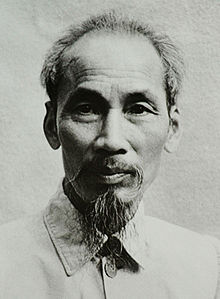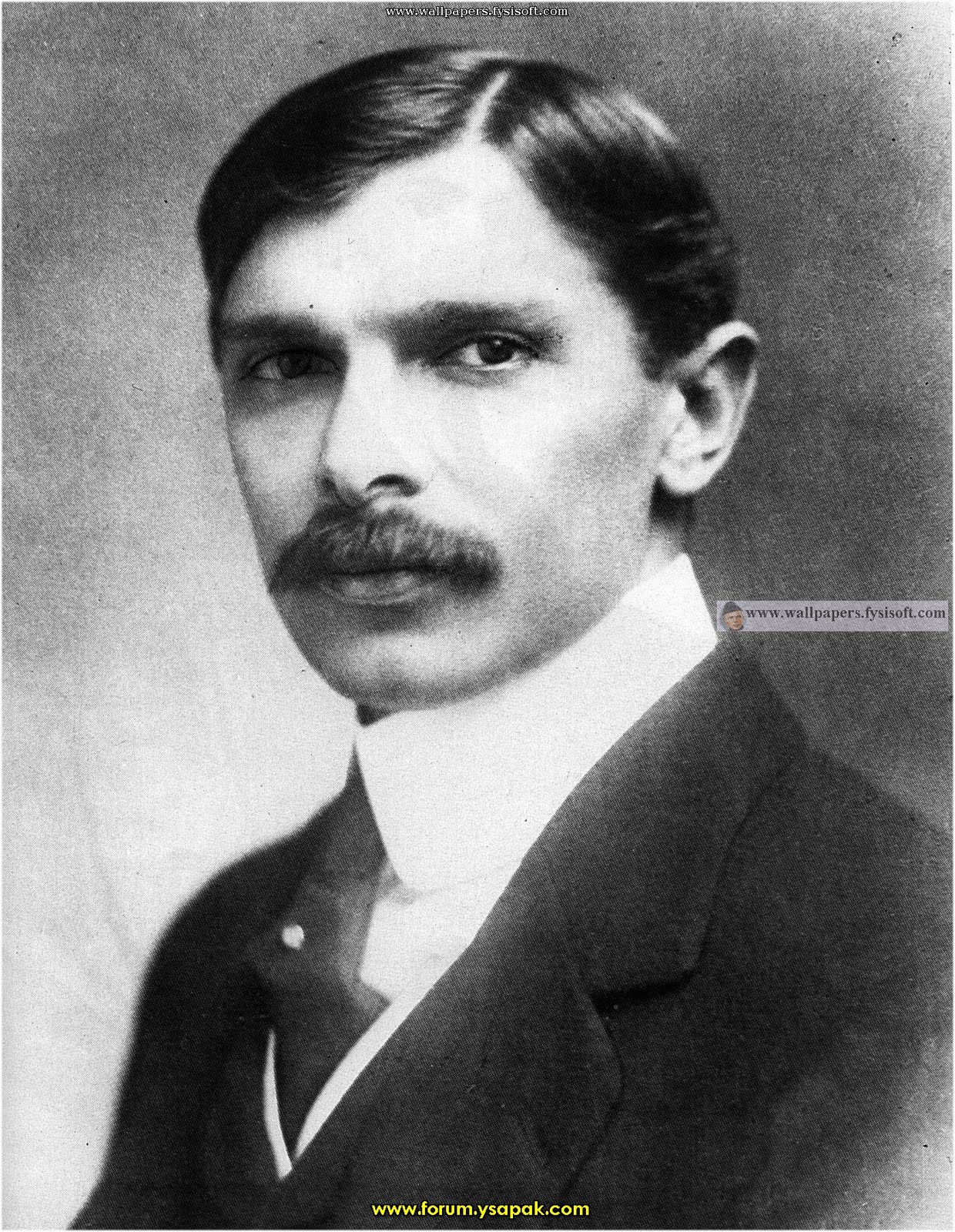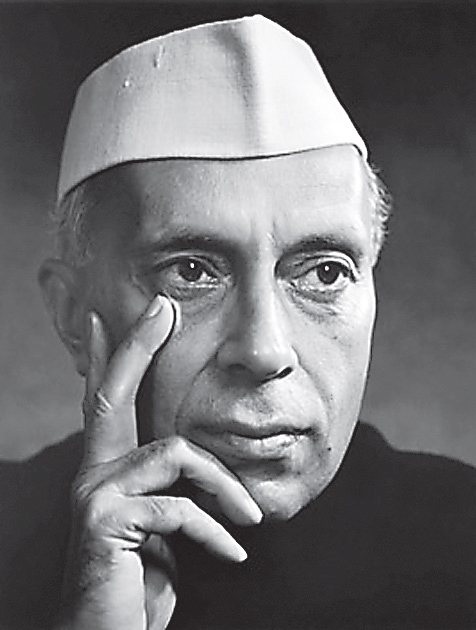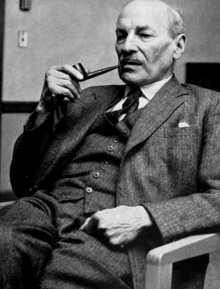How did post-World War Il independence movements in Vietnam differ from those in India?
1 Answer
Vietnam was a rebellion, India a partition
Explanation:
Vietnam
Firstly, let's kick it off with the precedents, as you probably know Vietnam was a colony of the French Empire, it began in 1862, and ended in 1949.
Let's get up to speed, World War 2, Vietnam is occupied by the Japanese Empire and is exploited for the Japanese campaign, some parts were retained under Vichy France by the way. Anywho, after the collapse of Japan, the Viet Minh (https://en.wikipedia.org/wiki/Viet_Minh), or the ultra-communist party, seized Hanoi in August 1945, and established a provisional government (or an interim government), up until in 1951 they established Ho Chi Minh as the candidate for the head of state position.
 https://en.wikipedia.org/wiki/Ho_Chi_Minh
https://en.wikipedia.org/wiki/Ho_Chi_Minh
In the 1954 Geneva Accords a split of the State of Vietnam was issued, and so it was divided into the North and South. By the way, the South had a referendum in 1955 (https://en.wikipedia.org/wiki/State_of_Vietnam_referendum,_1955), which is notoriously know as being perhaps the most fraudulent election in history (hyperbolizing), but seriously, there was the Emperor of the Nguyen dynasty Bảo Đại, and the president Ngô Đình Diệm, surprise surprise, the latter wins the election with an astounding 98.2% of the vote. I recall seeing a documentary on Vietnam wherein the voters were forced to wear a color (or the paper where they wrote it in was colored, I believe blue: republic, green: emperor to either represent if you're voting for the emperor or the president). Needless to say, the people that were seen with the green color were intimidated, beaten, harassed, and overall tormented. After the referendum it was titled "Republic of Vietnam", the North was called the "Democratic Republic of Vietnam", the division was made on the 17th parallel.

India
The background of India is that basically most of India was known as the British Raj, there were puppets inside the British Raj, but they well all just considered a conglomerate.
After the Indians aided the British in World War 1, in 1919 the Montagu–Chelmsford Reforms were enacted, which basically allowed India the right to self legislation, a step towards autonomy (https://en.wikipedia.org/wiki/Montagu%E2%80%93Chelmsford_Reforms)
This led to the growing of the 2 parties which would proceed with the splitting, the Muslim League under Muhammad Ali Jinnah, and the Indian National Congress, led by Jawaharlal Nehru, both parties constituents of the Assembly of India (https://en.wikipedia.org/wiki/Constituent_Assembly_of_India)
Muhammad Ali Jinnah
 http://createatfriends.blogspot.com/2013/01/muhammad-ali-jinnah.html#!
http://createatfriends.blogspot.com/2013/01/muhammad-ali-jinnah.html#!
Jawaharlal Nehru
 http://inc.in/CongressSandesh/123/Socialism-of-Jawaharlal-Nehru-and-Indian-National-Congress
http://inc.in/CongressSandesh/123/Socialism-of-Jawaharlal-Nehru-and-Indian-National-Congress
In a nutshell, the British P.M. Clement Attlee (https://en.wikipedia.org/wiki/Clement_Attlee), desired independence, but did not wish for India to be partitioned, in which the last attempt to not have a partition by the British government was made in the 1946 cabinet mission to India.(https://en.wikipedia.org/wiki/1946_Cabinet_Mission_to_India)
 https://en.wikipedia.org/wiki/Clement_Attlee
https://en.wikipedia.org/wiki/Clement_Attlee
After a some more mutiny, Muslims killing Hindus, Hindus killing Muslims, it was realized that the only way for independence would be via separation, which is referred to as the Mountbatten Plan.
India was partitioned into India and Pakistan, 10-12 million people were relocated, 200k-2,000,000 died, and so the Muslim and Hindu entities were created (Bangladesh is another story).
Conclusion
You can draw your conclusion that essentially Vietnam was much more violent, was more of an insurrection, whilst I suppose India was much more diplomatic, but just as lethal as the former.

